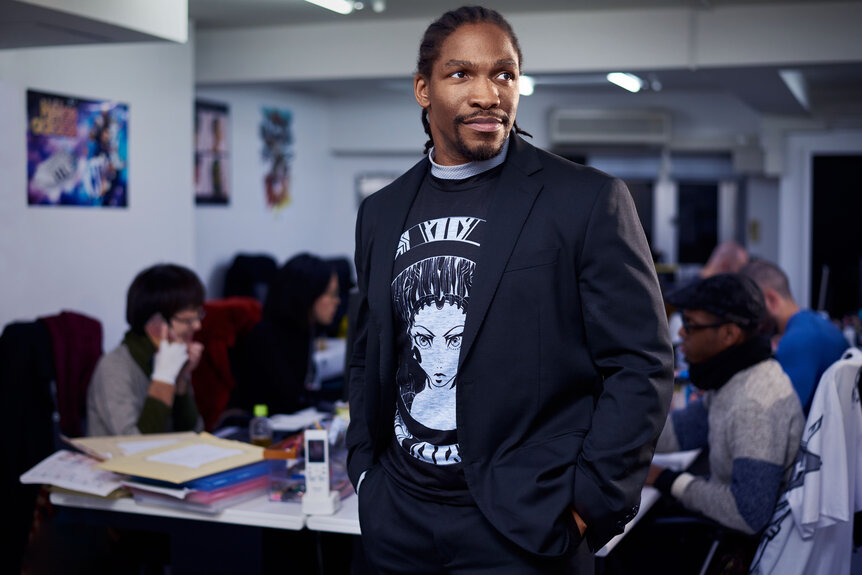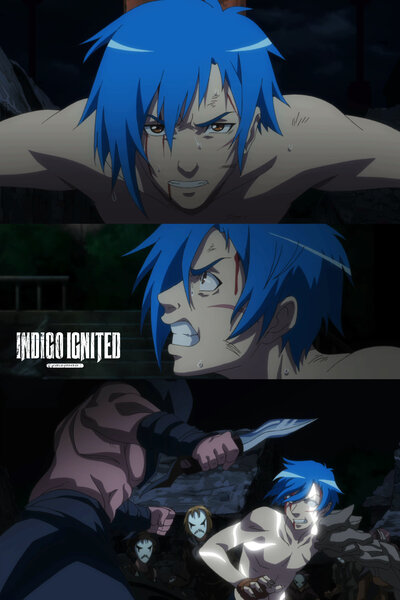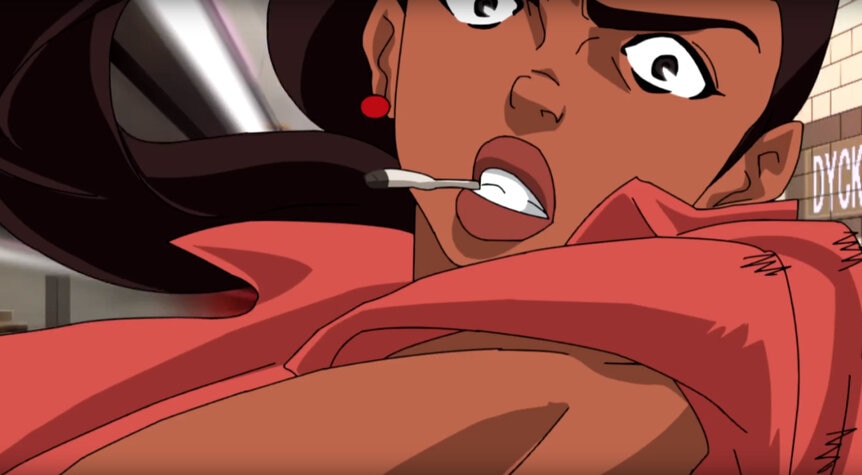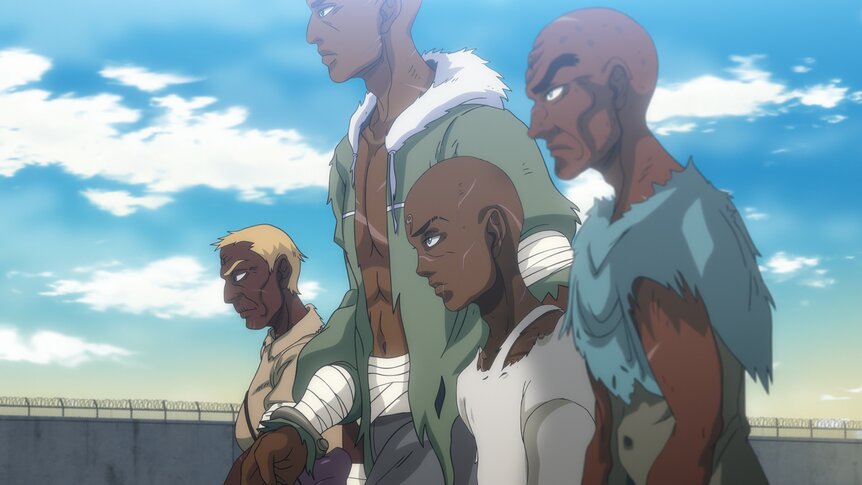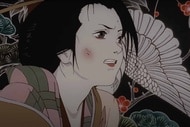Create a free profile to get unlimited access to exclusive videos, sweepstakes, and more!
Blerd Rising Star: An incredible journey from anime fan to Tokyo studio owner
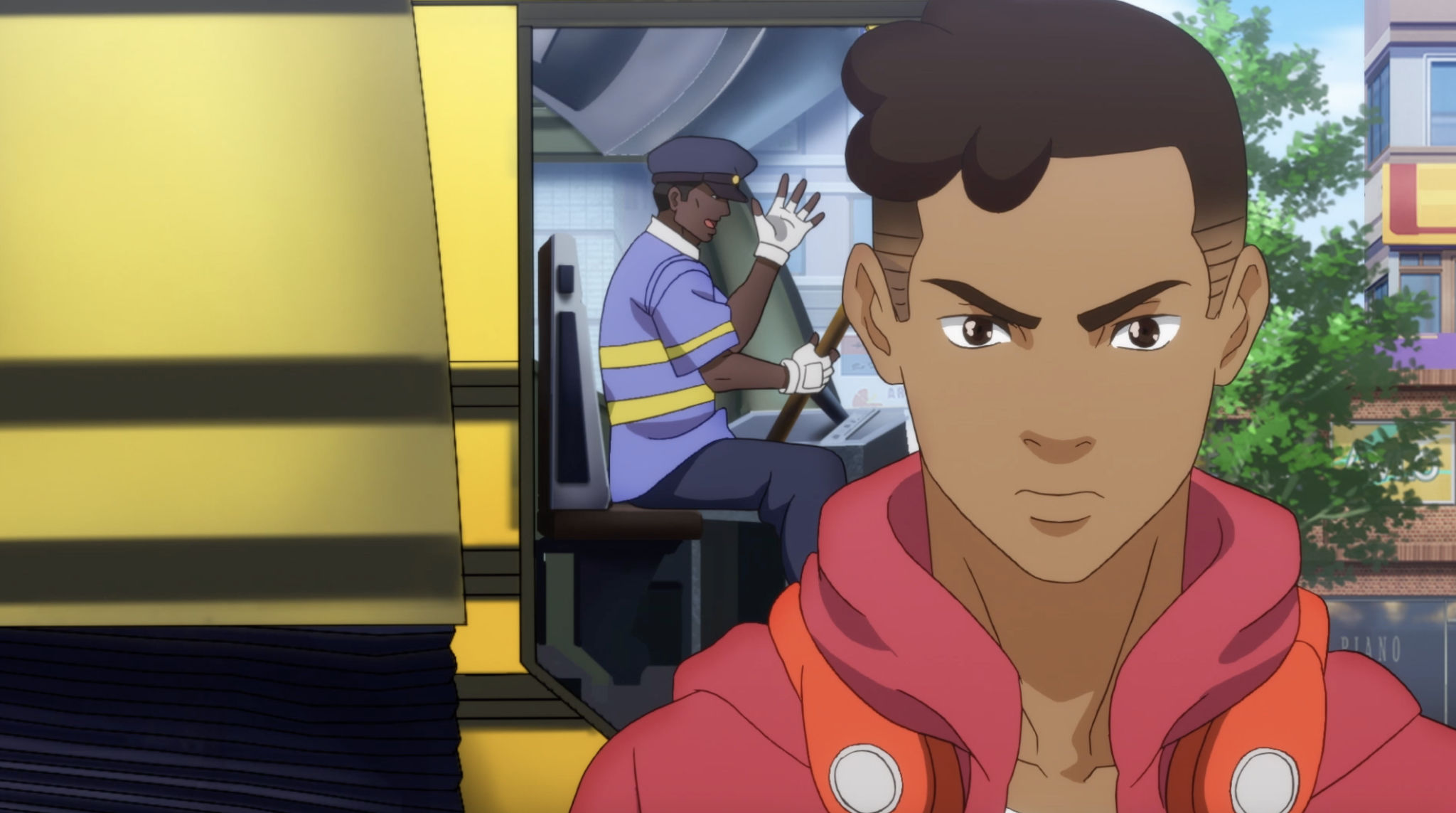
Although Arthell Isom's father, a musician, had instilled an entrepreneurial spirit and a love for the arts in him growing up, it still took him a few swings at life to figure out what he wanted as a career. The answer came not at any job or internship, but while watching TV at home. In the early 2000s, Isom got hooked on the G4 "Anime Unleashed" program block. That was when he decided to become an animator, specifically in the world of anime.
At the time, becoming an anime-focused animator was such a unique career path in the United States that no one at the San Francisco Academy of Art, where he attended, was prepared to help him. What he did know was that he admired veteran anime art director Hiromasa Ogura (Ninja Scroll, Ghost in the Shell 1 and 2), so he decided to go to the source. Taking a shot in the dark, he decided to e-mail Production IG (the animation house behind GiTS) for advice. Somehow he got a reply, which directed him toward the Yoyogi Animation Academy in Osaka, Japan.
Unfortunately, when Isom initially arrived in Japan, the school couldn't enroll him because they had no formal acceptance program for foreign students. That led to an entire year in Japan sorting out paperwork and visas to get enrolled. He was finally accepted to Yoyogi and spent years learning the craft and business of anime. Then, right before graduation, he was shocked to learn that Hiromasa Ogura's studio only hires one graduate artist a year.
After all the obstacles he'd faced down, he wasn't going to let anything stop him. So he poured everything he had into his portfolio and was lucky enough to land his dream job. He remained with Ogura's studio for five years.
After that, Isom struck out on his own as a freelance background animation artist, working on some of the biggest anime shows of the last decade. His credits include Bleach, Lupin III, Naruto, and Blood C. Then, in 2016, Isom co-founded his own studio, D'Art Shtajio (loosely translated: "The Foundation is Important"), with his brother Darnell.
D'Art Shtajio is a full production anime studio in Japan that has worked on popular shows like Attack on Titan, One Piece, and Tokyo Ghoul, as well as commercials for Adidas and Asos. SYFY WIRE caught up with Isom to discuss his career to date and the impact he hopes to make with his studio.
Can you give any tips to any young creators looking to make the jump into anime?
If you decide you want to be an animator specifically here in Japan, I think there are a few things. First and most important is, of course, the language. You have to try your best to study Japanese. If you're working in Japan, you have to be able to communicate. That's number one.
When it comes to your craft, observe the industry. There are various fields within the animation industry. You could be a character animator, character designer, background artist, storyboard artist, or even like a scriptwriter. Once you decide what it is that you want to be in the animation industry, then really try to just focus on that and building and developing your skills for that particular field.
What about becoming an artist? What's different in Japan versus here in the U.S.?
Technical ability. Being a draftsman is very important in the Japanese animation industry. Everything here is 2-D animation. So being able to draw everything scale. Being good at understanding anatomy, clothing and design, perspective and [worldbuilding and concept art]. Even building characters and product design are important. Just being really good at those things is important to be able to work out here.
I say your drafting skills have to be really top-notch if you come out here. Then, of course, having an appreciation for the culture and just patience. This industry [and the culture] are so different from the Western industry. So when you have to come out here, be willing to kind of learn how things work all over.
Your short Shojo no Piero (aka "The Doll" Part 1) seems very personal to your journey.
I came up with that story in college. It's about a black engineer who's an ex-pat living in Japan. He adopts a Japanese name and everything. But then he loses his job and by extension loses his dream, because he can't be as creative as he wants to be. But then he finds his creativity again when he sees that people still appreciate his art. That's when he spurs him on to create his opus, which is the doll.
I think for a lot of creators, particularly black creators, we grew up being told that we can't be artists. So that was the kind of story I wanted to tell. As this studio has gotten older, you start to realize that there is this void of black stories.
This realization probably speaks to your unique position in the anime industry, don't you think?
The great thing is with us being here, black creators seek us out. It's a great opportunity to work with them. We've worked with quite a few like independent manga creators with projects like Tephlon Funk and XOGENASYS; we get the opportunity to then tell more black stories. These are storytellers who want to see their story adapted to anime form.
Touching on XOGENASYS specifically, what was it about the source material that made it such a natural fit to be adapted by your studio?
One of the biggest draws for us is that it's an independent manga. We try to make the process of going from paper/idea to animated content easier, and so do a number of shorts for a lot of independent creators. I think XO is its own story. We're talking about its diverse cast of characters. We've been able to add to the number of minority anime characters out there and are pushing to do this on a much grander scale.
Who did you primarily collaborate with for this project?
We had a great experience collaborating with Johnny O'Bryant [and his company Noir Caesar] on this project. Although a pro basketball player, he would fully immerse himself into an anime production headspace and also just chat about anime in general. D'art Shtajio and Noir have a lot of similar goals in the industry, so we're looking forward to working with Johnny again.
Your studio was part of a huge event not too long ago with Sturgill Simpson.
Yes, Simpson's Sound and Fury project on Netflix is the biggest project that we've worked on thus far. It's a Netflix original anthology connected to his album. Sturgill Simpson is a huge fan of anime. He wanted to do a unique animation for every song on the album. Our studio did two of the 10 songs. The song "All Said and Done" was done by our director, Henry Thurlow. We really liked this project, and it's more of what we want to do going forward. A more original concept.
I personally did a lot for our other episode for the song "Last Man Standing." I wrote, directed, designed the world and storyboarded. It was something that we're proud of because we had control of everything from beginning to end.
What's the story of that one?
I'd always wanted to try to tell a story focusing on just the environment. This story is all told from a POV camera angle. The main character is this homeless war vet who can't really be a part of society. During the story, a war erupts and alarms go off in the city that he's in, which is actually Nashville. Everyone heads for bomb shelters but won't let him in. So it details his last minutes before the bomb drops.
